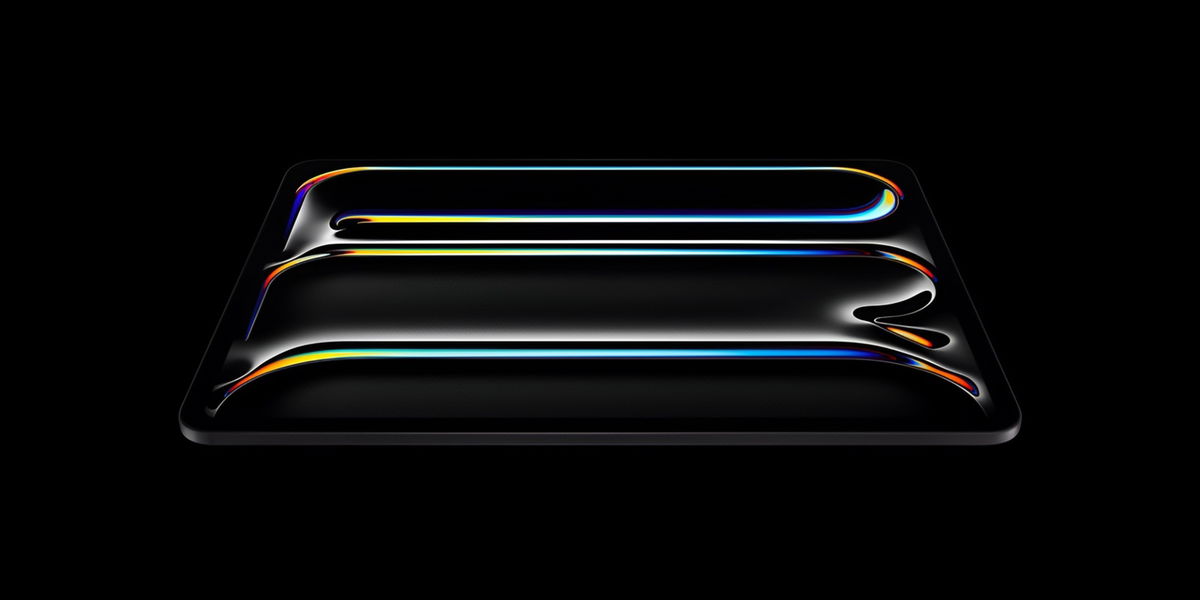We are talking about the Terran 1 model, which flew for three minutes. During this time, the rocket completed several missions, including passing the maximum atmospheric pressure point during an orbital launch known as Max Q.
Three minutes later, however, the engine hissed and stopped prematurely. An anomaly occurred in the upper stage of the rocket, causing the rocket to fail to reach orbit. Relativity has confirmed it will provide an update after analyzing the flight data.
Although the rocket did not reach orbit, the successful launch was an important step for the company, according to experts.
According to Relativity, it is 3D printing, also known as additive manufacturing, that will make it possible to create orbital-class rockets much faster than conventional methods.
Source: Ferra
I am a professional journalist and content creator with extensive experience writing for news websites. I currently work as an author at Gadget Onus, where I specialize in covering hot news topics. My written pieces have been published on some of the biggest media outlets around the world, including The Guardian and BBC News.










